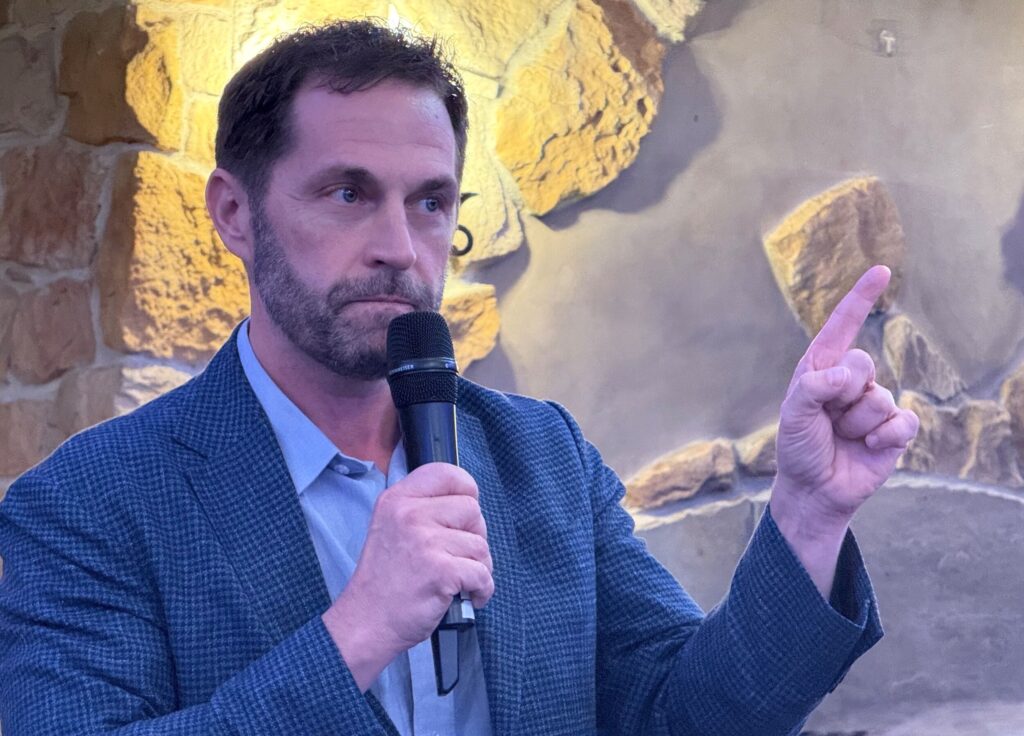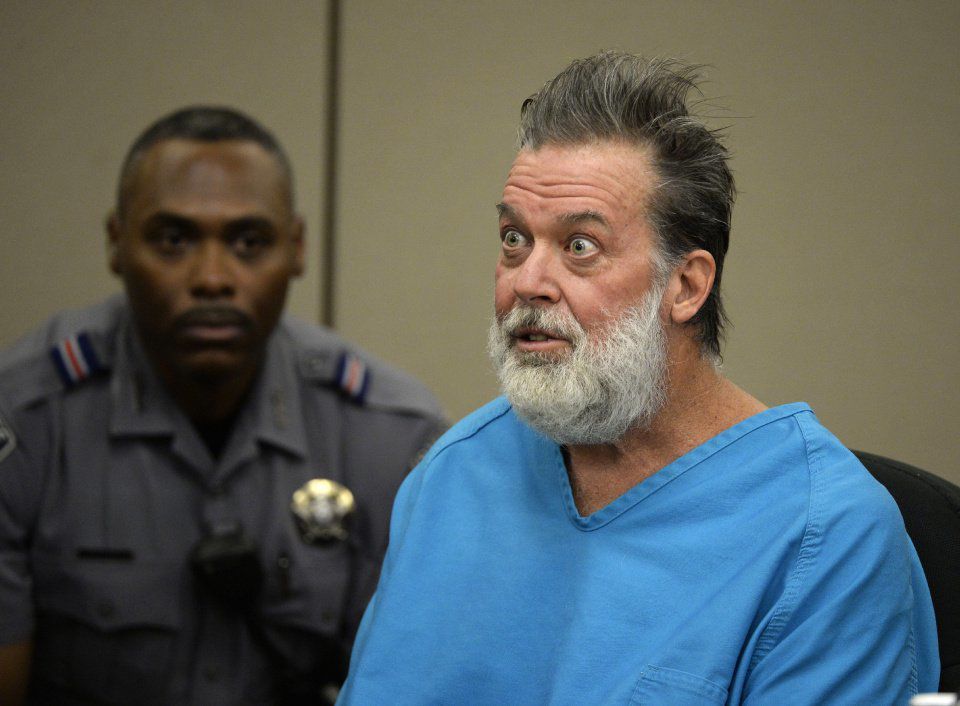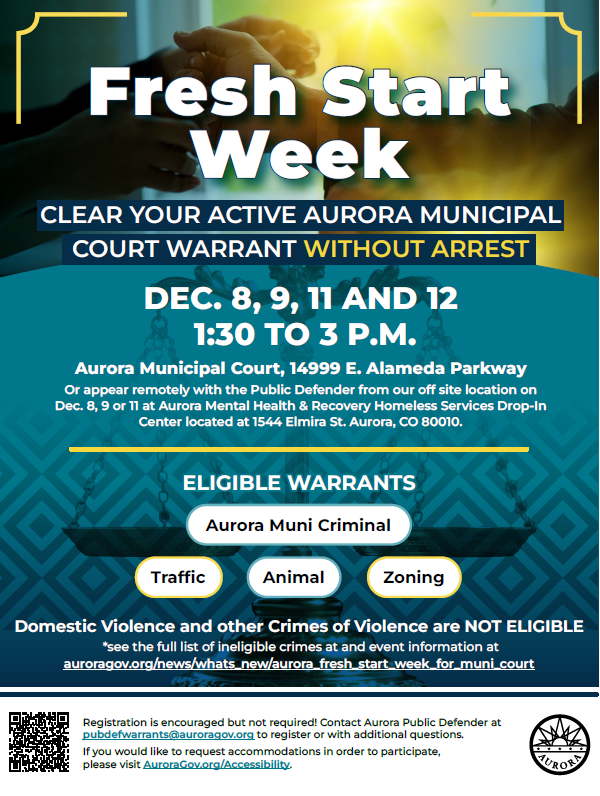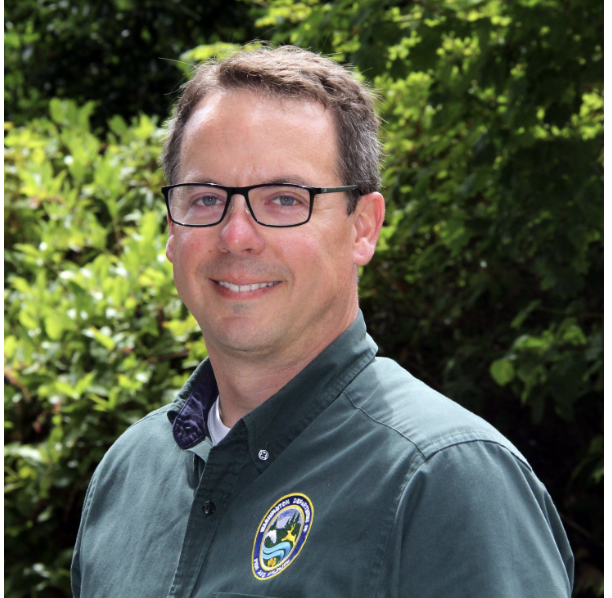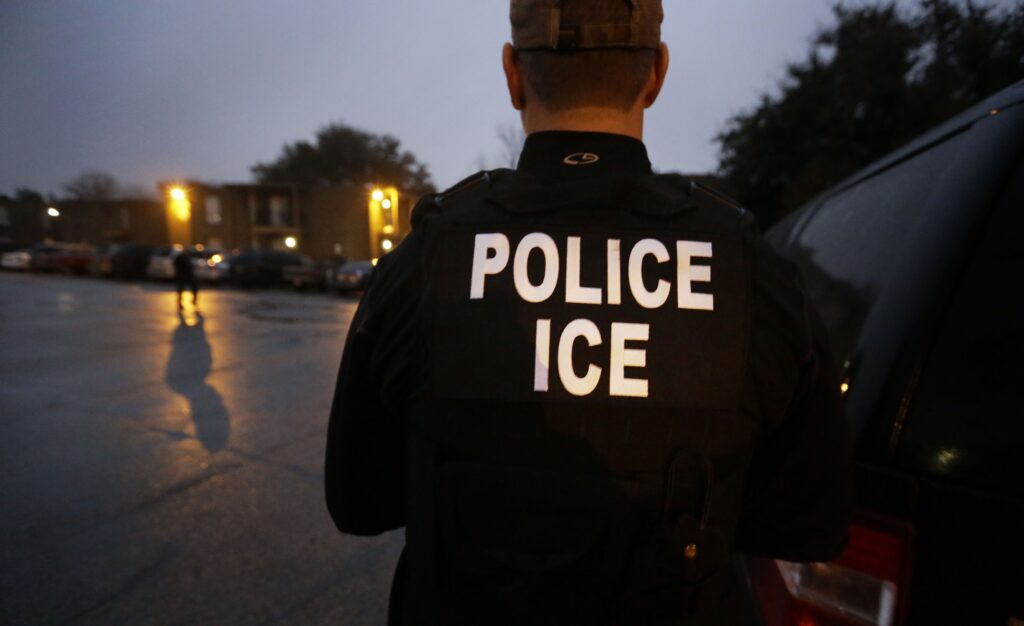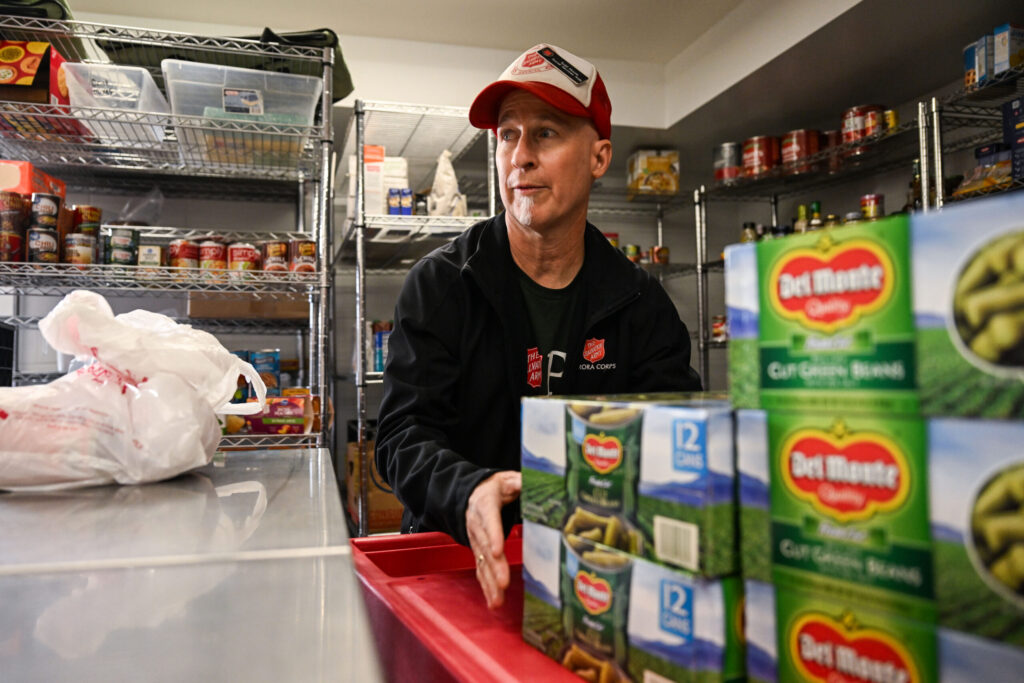Colorado Supreme Court orders 2 new trials where prosecutors presented misleading evidence

Kathryn Scott
The Colorado Supreme Court on Tuesday agreed new trials were necessary in a pair of cases where judges allowed prosecutors to present a skewed narrative to jurors by omitting evidence that suggested the defendants had not committed the charged offenses.
The link between Jacob Vanderpauye’s case in Boulder County and Charles Joseph McLaughlin’s in Arapahoe County was the exclusion of hearsay evidence — meaning out-of-court statements intended to prove the truth. Hearsay is generally inadmissible at trial because the speaker cannot be cross-examined about their statement.
In each case, however, the out-of-court statements came from the defendants themselves. Both men, when confronted about their alleged crimes, responded that there was a misunderstanding. But jurors never heard the statements and convicted them both.
Without the full context, wrote Justice Carlos A. Samour Jr. in Vanderpauye’s case, jurors received the impression that the defendant remained silent in the face of a criminal accusation.
“Silence in that context is deafening,” he added.
People v. Vanderpauye
Vanderpauye went home with a very drunk woman. Although she indicated on the way that she would not have sex with him, the two engaged in affectionate touching at his apartment. The woman, identified as L.S., then fell asleep.
She awoke to find her clothes off and Vanderpauye having sex with her. L.S. yelled, “What are you doing? You’re raping me!”
All parties agreed that Vanderpauye immediately responded, “I thought you said I could do anything to you.”
Boulder County prosecutors charged Vanderpauye with sexual assault. A jury convicted him and he received a sentence of 20 years to life of sex offender probation.
At trial, District Court Judge Bruce Langer had blocked any evidence of Vanderpauye’s reaction. He labeled it “self-serving” hearsay that was unworthy of trust.
“Obviously, the concern is that defendants sometimes make things up and paint things in a color that’s more beneficial to them,” he observed.
But the Court of Appeals subsequently reversed Vanderpauye’s conviction, reasoning that L.S.’s lack of consent was a key factor in the prosecution’s case, and Vanderpauye’s statement was “directly relevant.”
“The trial court permitted the victim to testify that she accused Vanderpauye of raping her but prohibited the jury from hearing that Vanderpauye immediately denied the accusation,” then-Judge Michael H. Berger wrote. “This omission created the misleading impression that Vanderpauye was silent in the face of an accusation of criminal conduct and was therefore guilty.”
In a 4-2 decision, the Supreme Court’s majority agreed with the Court of Appeals. Samour noted there is no prohibition on hearsay evidence simply because it is “self-serving” for the defendant. Instead, such evidence is allowable if it fits under an exception.
Vanderpauye’s statement qualified as an “excited utterance,” meaning Vanderpauye was responding to a “startling event” with no time to reflect or invent a response.
“A startling event clearly occurred when L.S. suddenly woke up and accused Vanderpauye of raping her,” Samour wrote.

Chief Justice Brian D. Boatright dissented, joined by Justice Melissa Hart. In their view there was nothing “sudden” about L.S.’s accusation. L.S. fell asleep, Vanderpauye took off her clothes and he began to have sex with her, giving him time to formulate a response to her inevitable awakening.
“Under those circumstances, it’s inconceivable that Vanderpauye gave no thought to what he would say in the event that L.S. woke up, whether he believed he had consent or not,” Boatright argued. “Common sense dictates that he had to be thinking, ‘What am I going to do if she wakes up while I am having sex with her?'”
Samour responded to that logic with a reminder that Vanderpauye was innocent until proven guilty. Assuming Vanderpauye believed he had consent, “he would not have foreseen that she’d accuse him of rape and her accusation would have been quite startling to him,” Samour explained.
The explanation echoed a comment Justice William W. Hood III made to the prosecution during oral arguments, cautioning that judges should not view the evidence through the prism of a defendant’s guilt.
“Your approach to it assumes the veracity of the alleged victim,” Hood said. “I mean, isn’t this why we have juries?”
A spokesperson for the Boulder County District Attorney’s Office said the court’s decision provides clarity about how to treat a defendant’s out-of-court statements.
Justice Maria E. Berkenkotter did not participate in the appeal. She handled the initial stages of Vanderpauye’s criminal case during her time as a Boulder County trial judge.
People v. McLaughlin
After a pickup truck collided with a concrete median and came to rest in a parking lot in Arapahoe County, an officer found McLaughlin with the vehicle, unsteady and smelling of alcohol. The officer’s body-worn camera footage showed McLaughlin repeatedly reference an unnamed woman who was supposedly driving his truck.
“She, uh, split,” McLaughlin said after the officer asked what happened to his truck.
“Why did you pull in to here and park?” the officer questioned.
“I didn’t,” McLaughlin said, again referencing the woman. “I didn’t drive anything. I’m sitting here trying to figure out what’s going on … when she walked away and over there,” he added.
Jurors subsequently convicted McLaughlin of driving under the influence. However, they were unaware that then-District Court Judge John E. Scipione allowed prosecutors to present a version of the video that edited out the parts of McLaughlin’s responses to the officer in which he suggested a woman was driving the truck, not him. Despite knowing otherwise, the prosecutors argued there was “no evidence” anyone but McLaughlin was the driver.
The Court of Appeals ordered a new trial, concluding Scipione was wrong to give McLaughlin the option of introducing the full footage, but at the price of allowing the prosecution to talk about his prior convictions.

The Supreme Court ultimately agreed McLaughlin’s statements were not actually hearsay because fairness dictated that the prosecution needed to introduce the entirety of the evidence to avoid misleading the jury.
“Here, this concern was especially manifest,” wrote Boatright. Prosecutors “excluded McLaughlin’s statements about the unidentified woman and then argued at trial that no evidence supporting McLaughlin’s theory of another driver existed.”
The 18th Judicial District Attorney’s Office did not immediately offer a comment on the decision.









